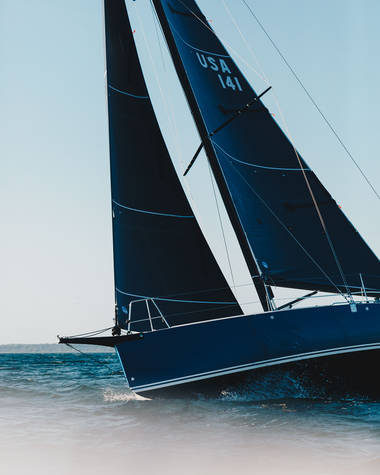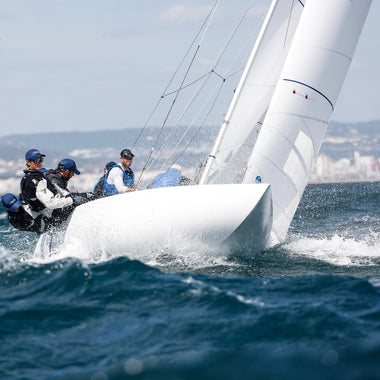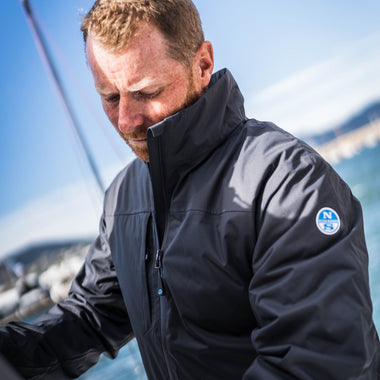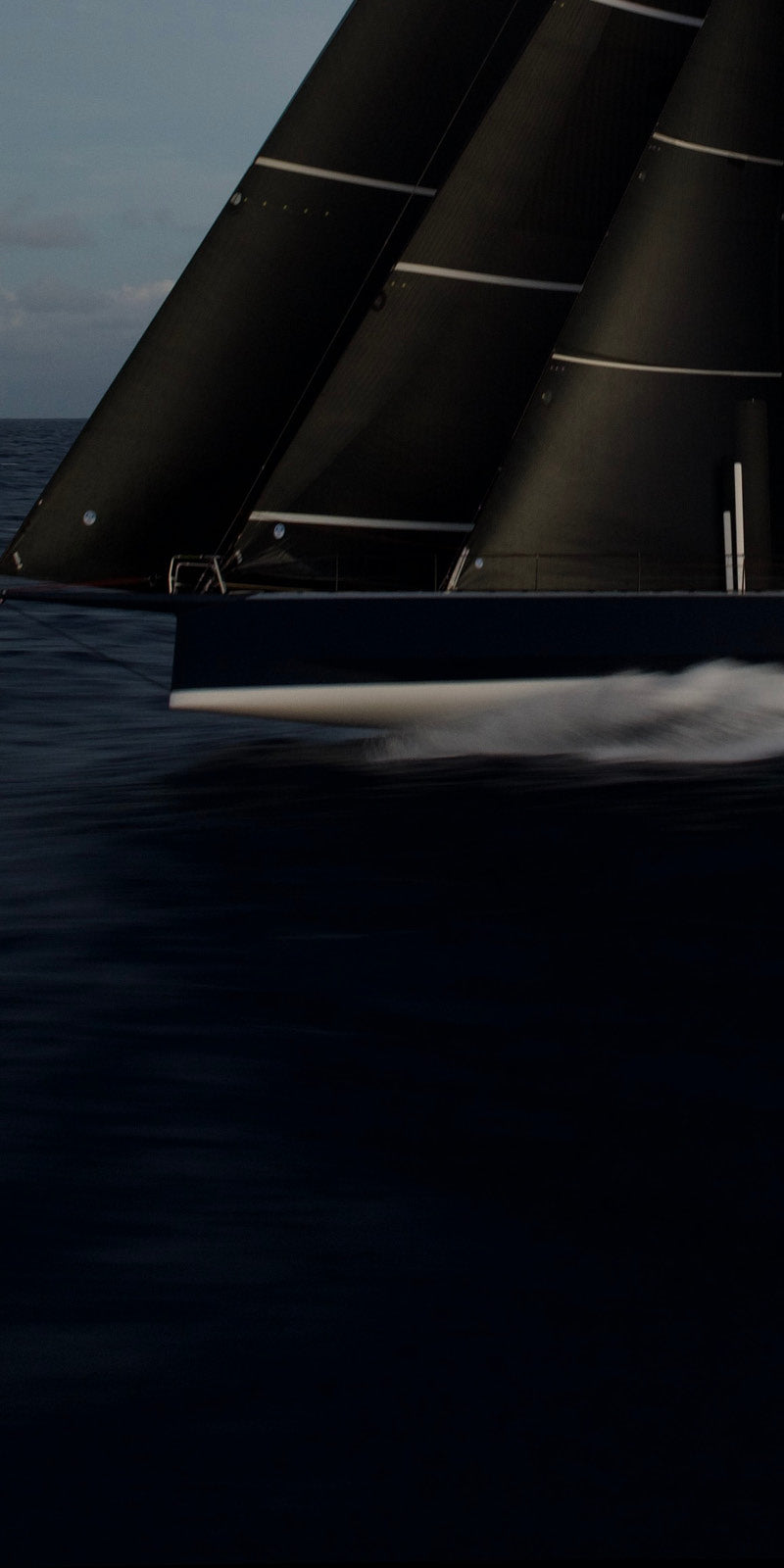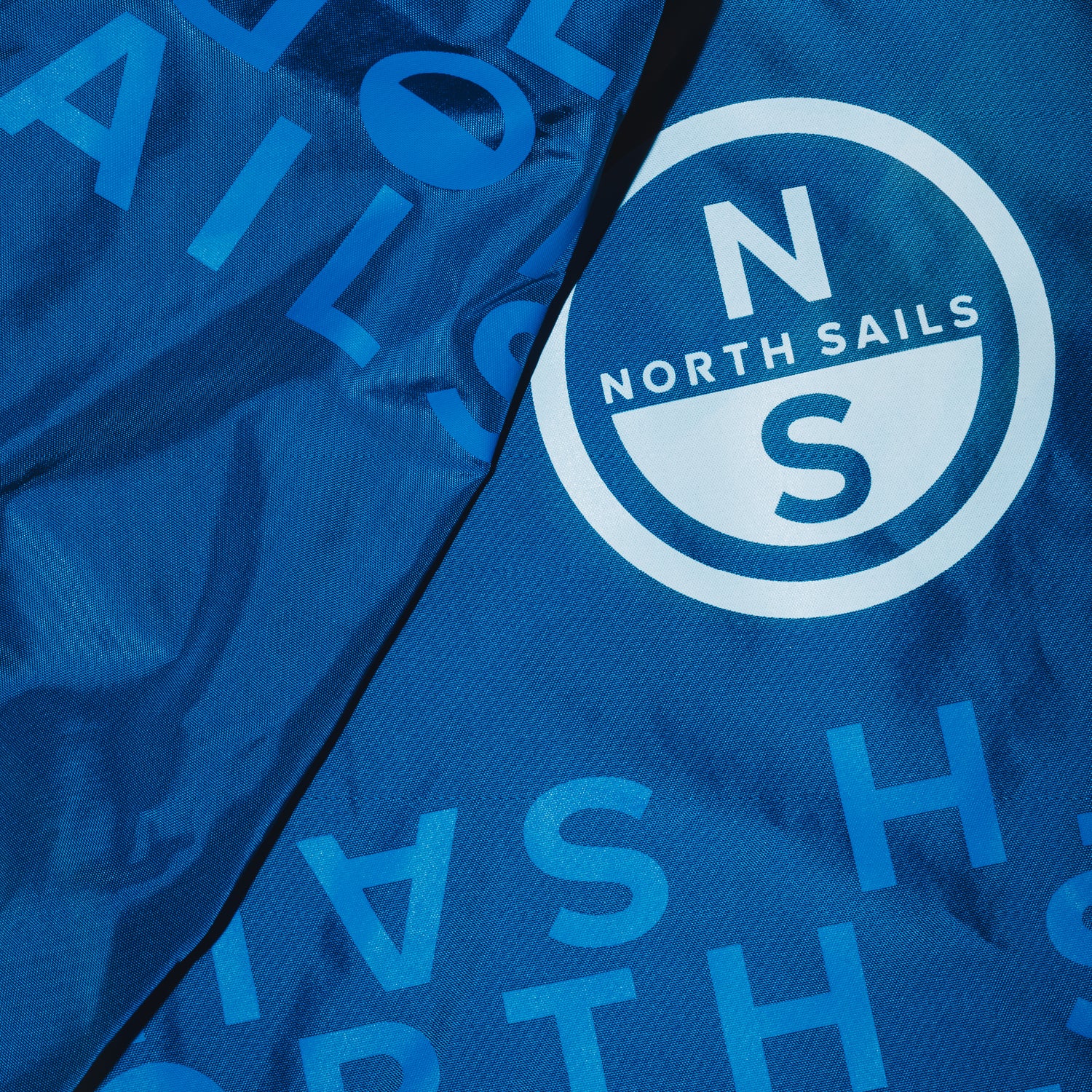If the goal is to get to the finish first or to cruise with greater ease and enjoyment, the Flying Sail is your boat’s new best friend.
FLYING SAILS
Headsails were once limited to jibs and spinnakers of distinct shapes and sizes, and between the two was a space that can now be filled with Flying Sails, adding as much as 40 percent more sail area.
Headsails were once limited to jibs and spinnakers of distinct shapes and sizes, and between the two was a space that can now be filled with Flying Sails, adding as much as 40 percent more sail area.

HELIX CODE SAILS
Code Sails gives you sail area and power for close-reaching angles. While the various handicapping systems used for racing today treat Flying Sails differently, the one constant is that you can’t—or shouldn’t—cross the starting line without a Helix Code Sail.
Code Sails gives you sail area and power for close-reaching angles. While the various handicapping systems used for racing today treat Flying Sails differently, the one constant is that you can’t—or shouldn’t—cross the starting line without a Helix Code Sail.
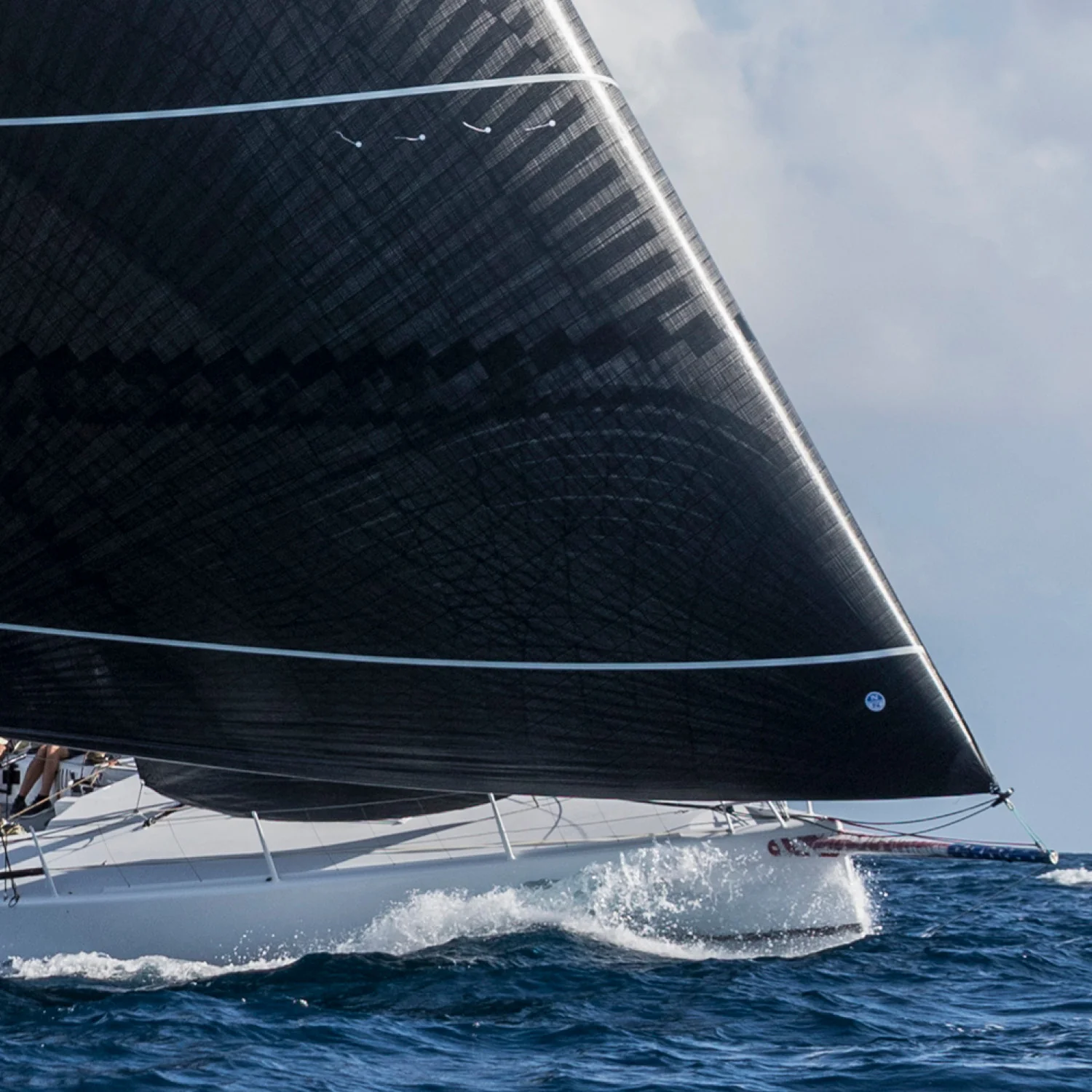
FLYING SAILS
HELIX CRUISING GENNAKERS
Helix Cruising Gennakers are designed for light-air reaching. They're big sails that are tacked on the centerline and fly much like an asymmetric spinnaker, allowing you to sail lower downwind angles.
Helix Cruising Gennakers are designed for light-air reaching. They're big sails that are tacked on the centerline and fly much like an asymmetric spinnaker, allowing you to sail lower downwind angles.
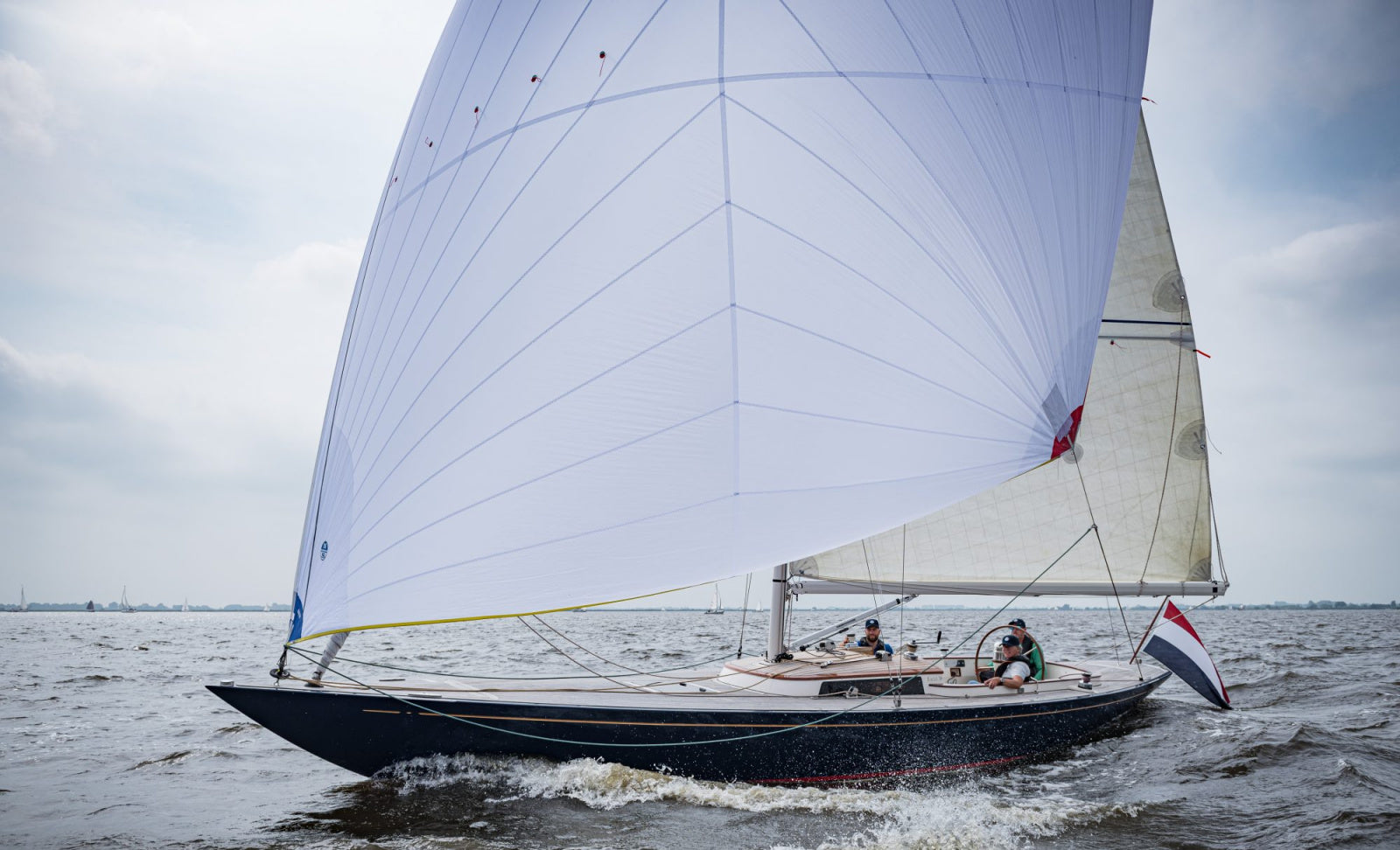
AVAILABLE SAIL TYPES
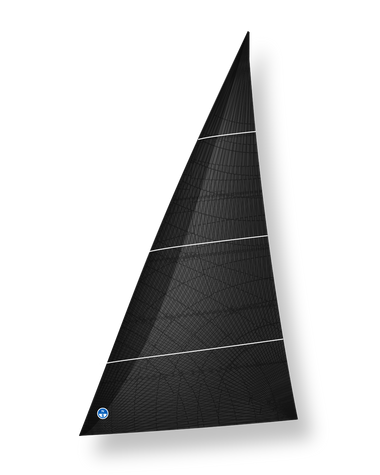
Optimized for 30° AWA
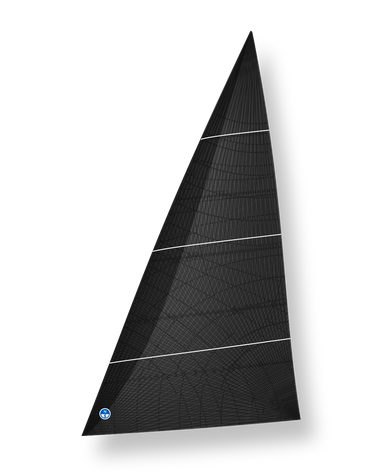

Optimized for 35° AWA
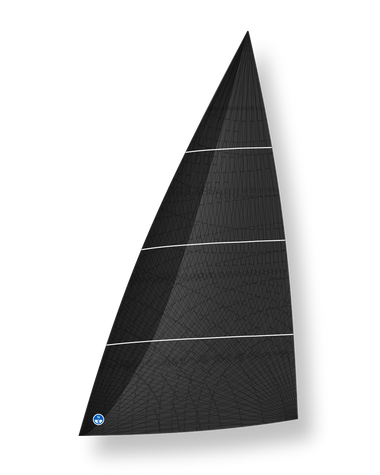

Optimized for 45° AWA
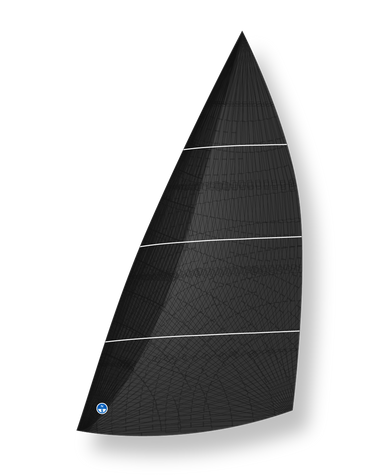

Optimized for 55° AWA
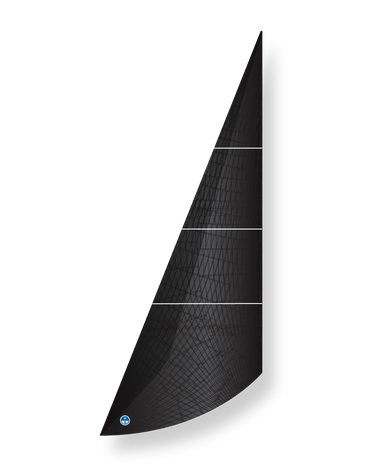

Optimized for the tightest angles
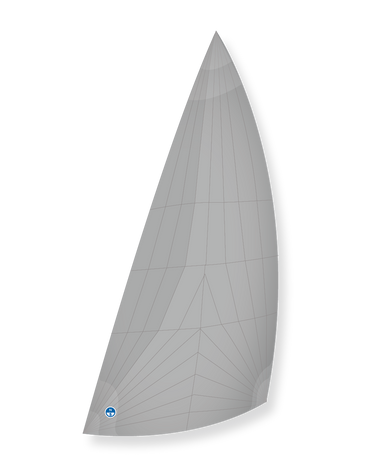

Free-Flying Asymmetric Gennaker
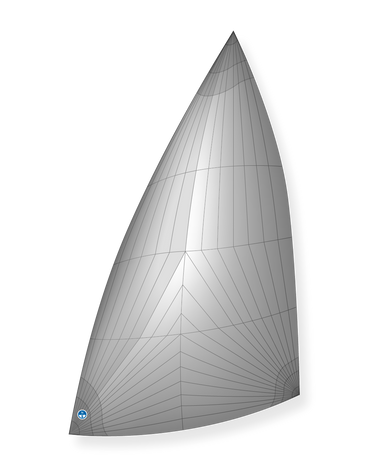

Reliable Top-Down Furling
HEIX FLYING SAILS
FREQUENTLY ASKED QUESTIONS
Q: What makes a Flying Sail different than a traditional jib or genoa?
A: Unlike traditional jibs and genoas, you don't attach a Flying Sail to the boat's standing rigging. It instead uses a specialized cable and furling system, which allows the sail to be tacked to the deck or a bowsprit and raised on a halyard. The sail can remain aloft and be unfurled when the wind strength and the angle are right. For recreational and cruising sailors, a Flying Sail eliminates all the challenges of a traditional spinnaker, and for offshore racing sailors especially, a Flying Sail is now an essential addition to the headsail quiver.
Q: How is a Flying Sail going to benefit my racing program?
A: The primary benefit of a Flying Sail for racing, especially offshore, is the ability to fill gaps in your headsail inventory with sails that allow you to get through light-air transitions and aim for the next mark more effectively. That's Priority No. 1, but there are also efficiencies and minutes to be gained over the course of a long race with faster and easier sail changes. Because Flying Sails are not attached to the forestay, switching between a jib and a Flying Sail is simply a matter of furling or dropping the jib and unrolling the furled sail. Wind changes again? No problem. Furl the Flying Sail and return to the jib while the off-watch enjoys some R&R. Can't decide when to do a sail change? Flying Sails have you covered; hoist the furled sail, put it on the lock, and it's ready when the time comes.
Q: My older cruising boat does not have a bow sprit. Can I still use a Flying Sails?
A: Most, if not all, new cruising sailboats have a bowsprit to tack a Flying Sail, but most older boats can still accommodate a Flying Sail with a top-down system, as long as there is enough clearance in front of the headstay and at the top of the mast to fit a furling unit.
There are a few considerations when adding a Flying Sail to an older boat. Most important is to ensure that the boat and its hardware can accommodate one, especially mast sheaves, halyards, tack fittings, and halyard clutches or locks. Your local North Sails team can advise you on the loads the sail will generate.
